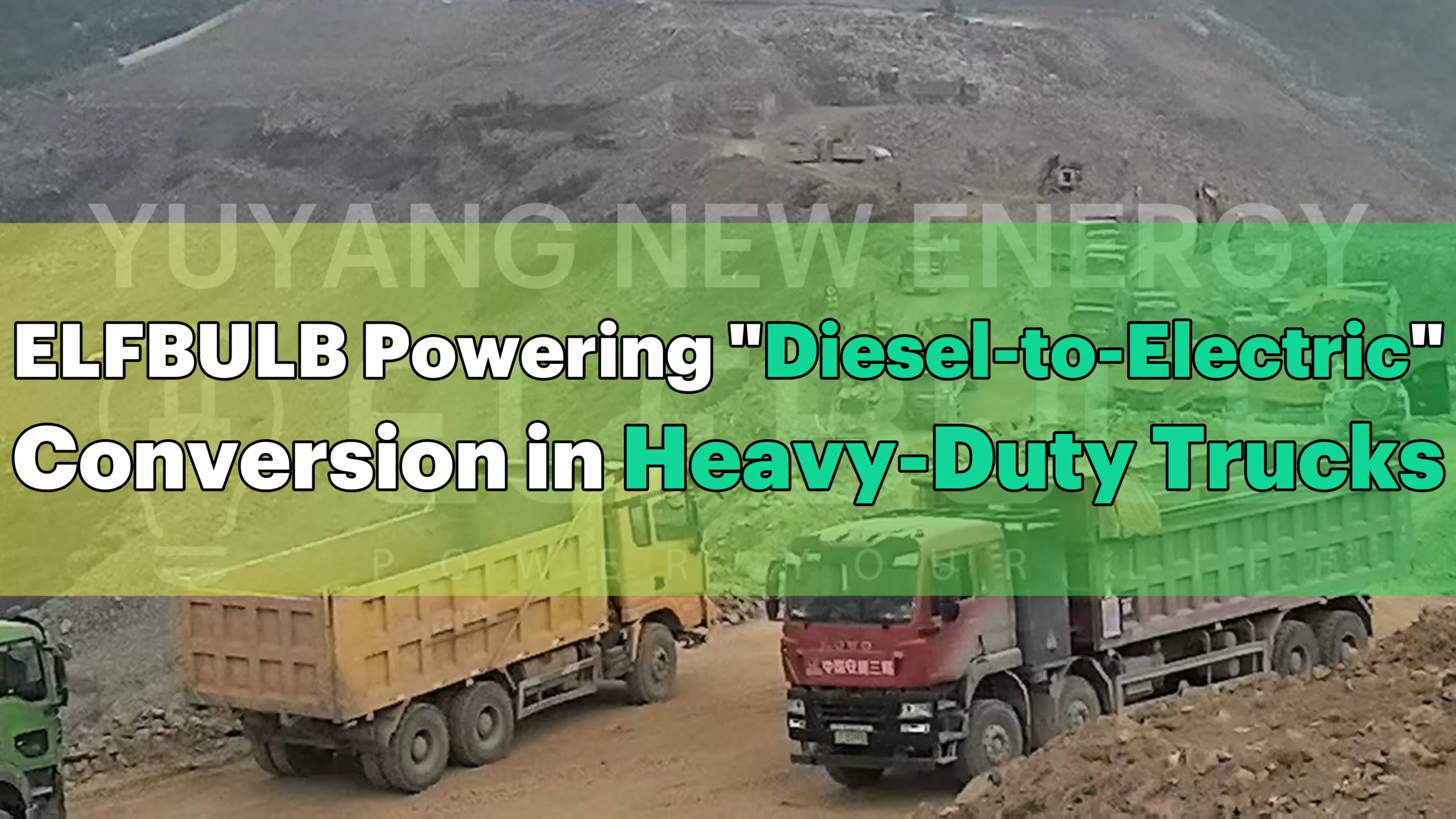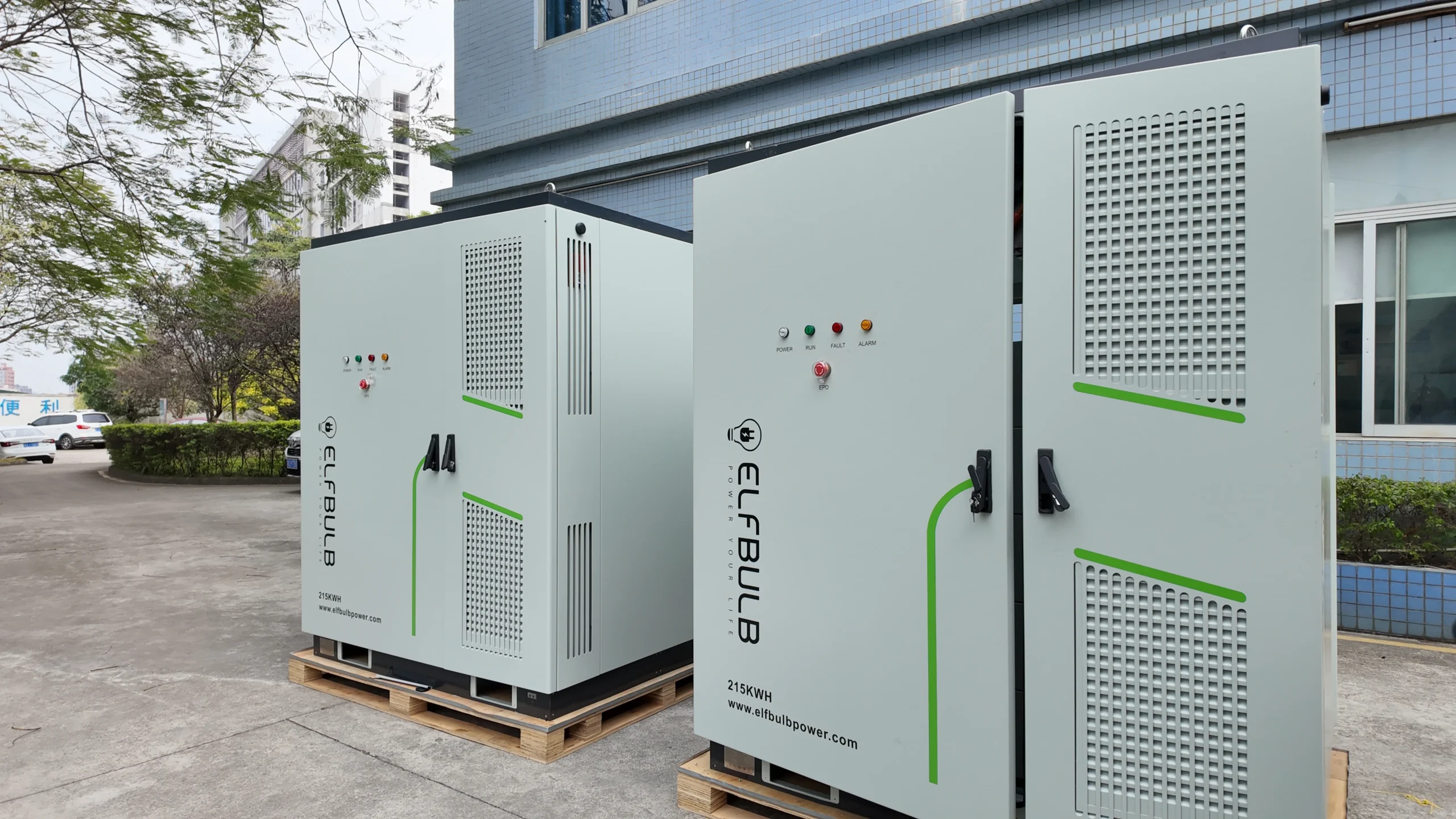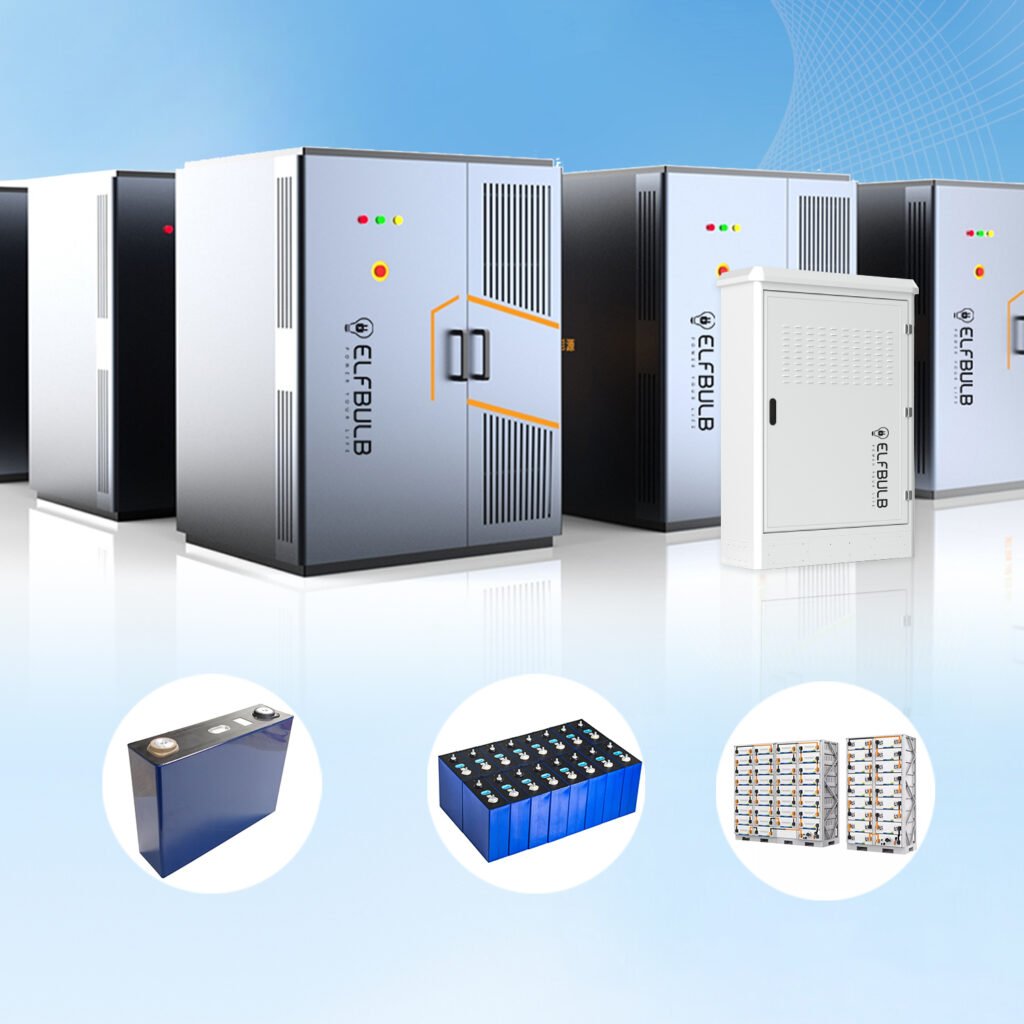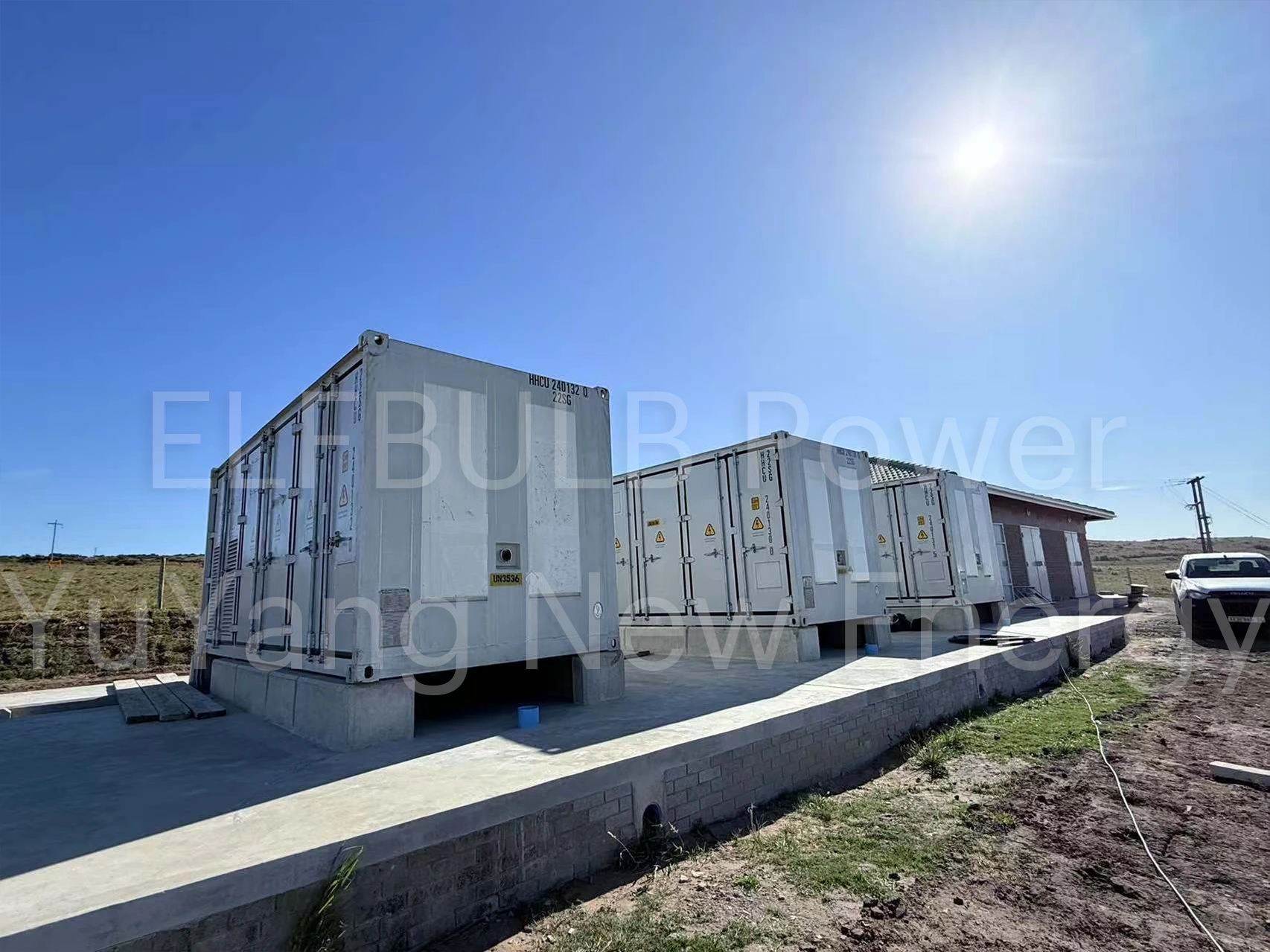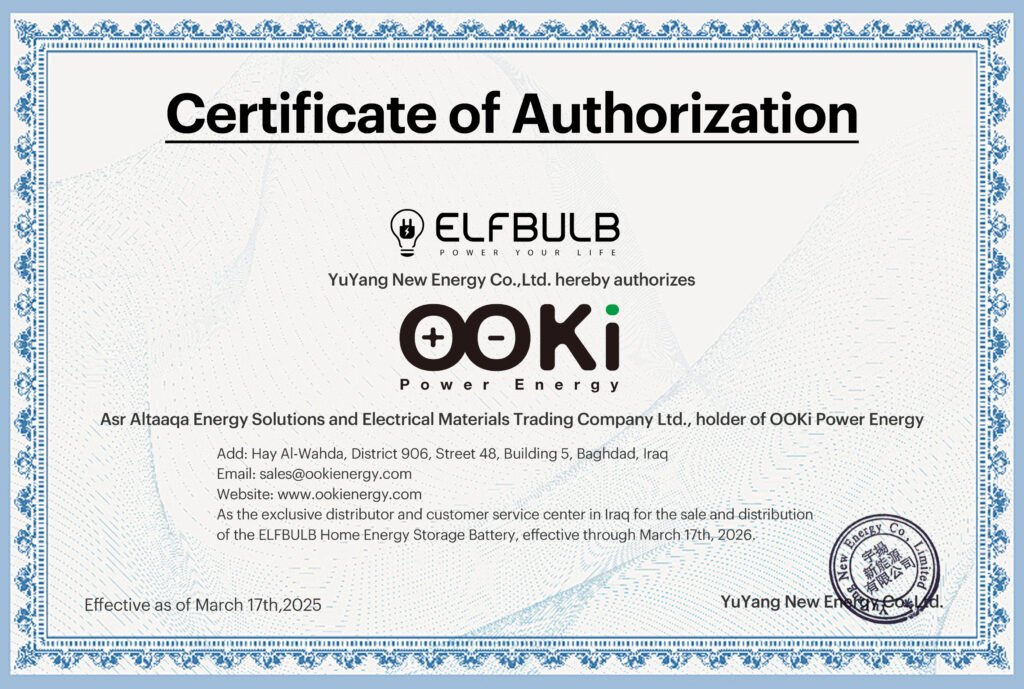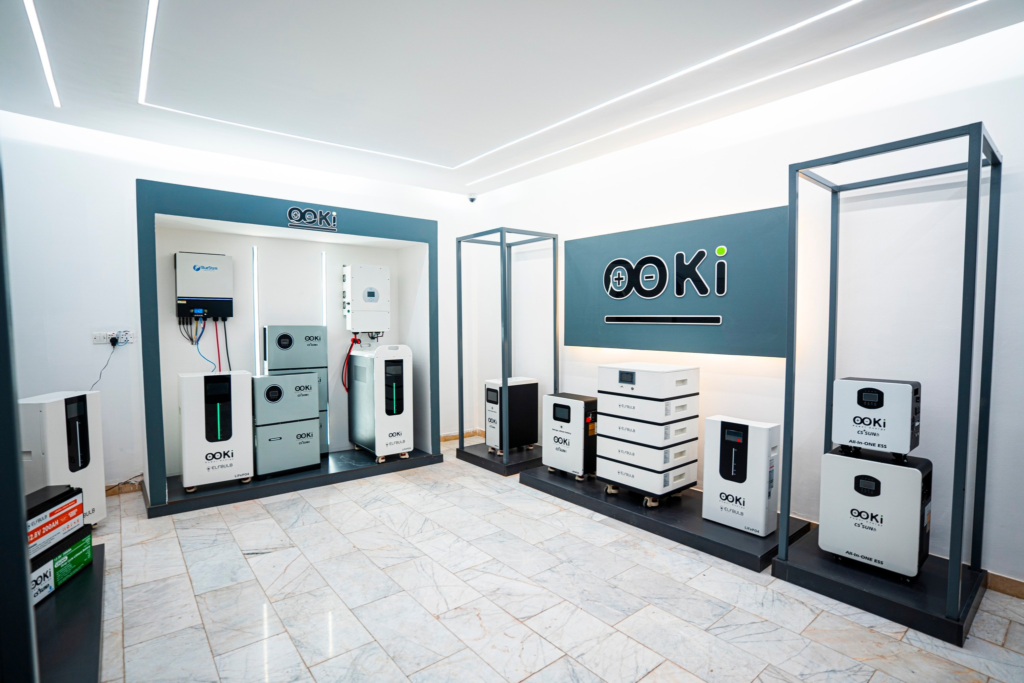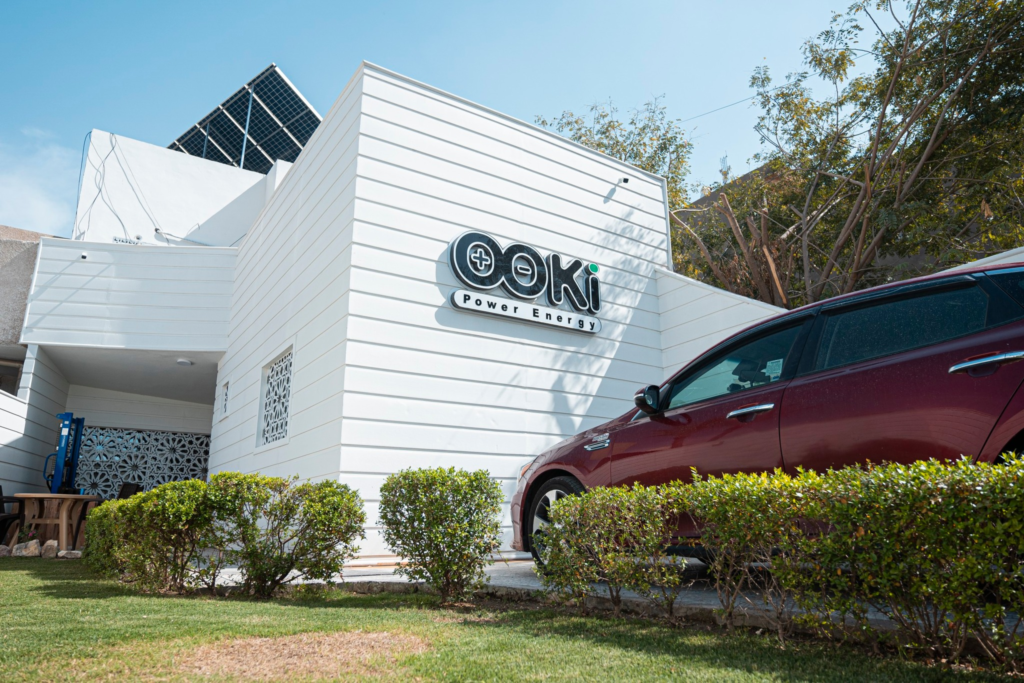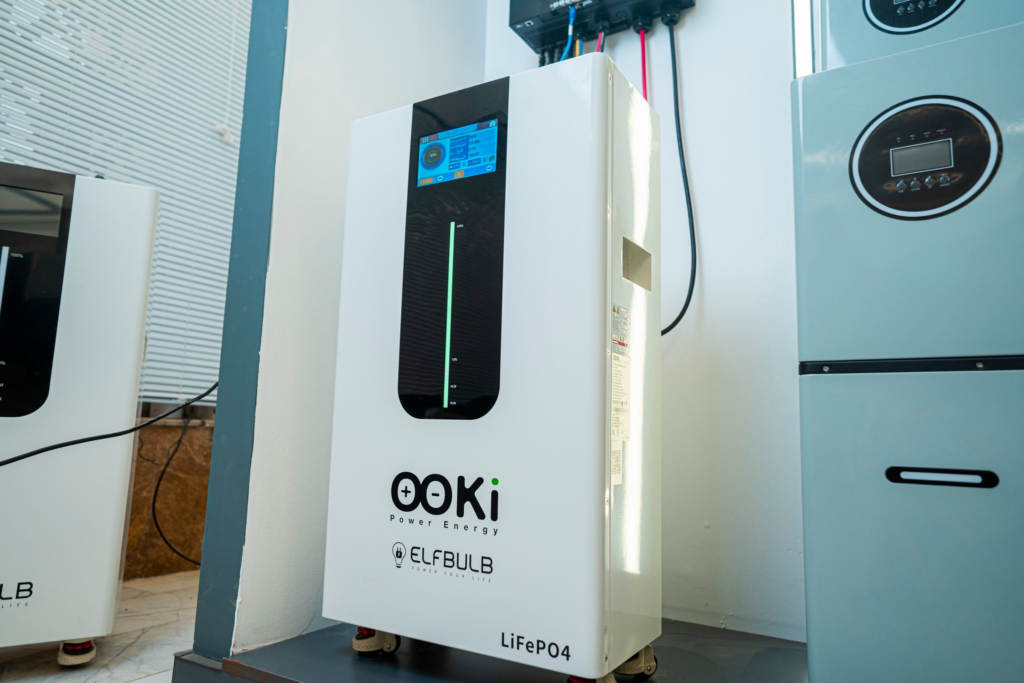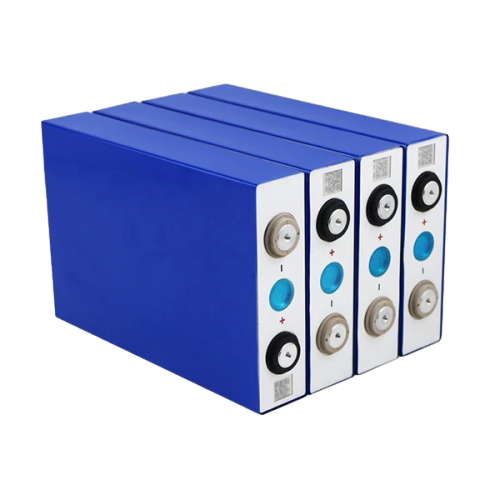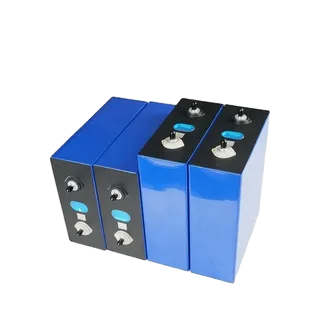Executive Summary: Infinite Potential in Limited Space
This project successfully deployed an innovative grid-tied PV-BESS (Photovoltaic-Battery Energy Storage System) for a major industrial client. The core highlights of the solution lie in its extreme integration and highly efficient space utilization: on an area of just 3,433 square meters, it achieved a powerful total energy storage capacity of 53.2 MW / 105.8 MWh, while cleverly integrating a 258.9 kWp solar PV system onto the container rooftops.
This “Integrated PV-BESS” design not only solves the challenge of limited space for large-scale energy storage but also, through a unique physical synergy, boosts the overall efficiency of the power station by approximately 2%. It serves as a prime example of a highly effective energy management solution adapted to strict spatial constraints.

I. Project Challenges: Conflict Between High Energy Demand and Site Constraints
For this industrial giant, pursuing energy self-sufficiency and optimizing electricity costs are essential, but two major challenges often restricted the implementation of a storage project:
- Extreme Footprint Limitation: Land resources in urban or industrial parks are scarce and expensive, making it difficult to secure the extensive space typically required for a megawatt-scale storage system.
- Balancing Efficiency and Safety: A tightly integrated solution must effectively address the heat dissipation of the storage equipment to ensure the efficiency and longevity of the batteries during high-temperature operation.
II. Our Solution: Integrated PV-BESS for Three-Dimensional Space Utilization
To address the client’s site constraints, we introduced the innovative “Containerized Rooftop PV Integration Solution.”
1. Maximum Density Energy Storage Configuration
The project’s total storage capacity reaches 53.2 MW / 105.8 MWh. By utilizing high-density storage containers, all Power Conversion Systems (PCS), Battery Management Systems (BMS), and battery clusters are highly integrated. This compresses the megawatt-scale station’s footprint to an extreme minimum, perfectly fitting the client’s required deployment space of just 3,433 square meters.
2. Original “Generation + Shading” Synergy
We creatively installed a 258.9 kWp PV array on top of the storage containers. This design delivers two core values:
- Space Value Addition: The previously unused container tops are converted into a clean energy generation station, achieving three-dimensional utilization of the land.
- Efficiency Synergy: While generating electricity, the rooftop PV panels provide a natural physical shading layer for the high-thermal-load storage containers below. Testing confirmed that this shading effect effectively lowers the internal temperature peaks and reduces the energy consumption of the HVAC system within the containers, resulting in an estimated overall station efficiency increase of approximately 2%, significantly enhancing system economics.

III. Core Value: Four Functions Driving Corporate Energy Transition
The deployment of this PV-BESS station has delivered multiple benefits to the large industrial client, helping them maintain a competitive edge:
1. Maximizing Economic Benefits: Energy Arbitrage and Accelerated ROI
The system uses an intelligent Energy Management System (EMS) to accurately forecast market price fluctuations. It stores electricity during off-peak hours (including periods of PV over-generation) and discharges or sells it back to the grid during peak price periods, performing perfect “peak shaving and valley filling.” This highly efficient energy arbitrage model significantly reduces the enterprise’s electricity procurement costs and is projected to substantially accelerate the return on investment.
2. Enhancing Power Resilience: Continuous Power for Production Continuity
Although the system primarily operates in grid-tied mode, a core feature is its “Islanded Operation Capability.” In the event of an unexpected grid failure or blackout, the station can automatically switch in milliseconds to provide continuous, high-quality power to the factory’s critical loads, greatly improving power reliability and operational resilience.
3. Boosting PV Utilization: Making Full Use of Clean Energy
The integration of the BESS perfectly solves the issue of intermittency and volatility typical of solar generation. When PV generation exceeds the immediate needs of the enterprise, the surplus clean electricity is efficiently stored in the 105.8 MWh battery instead of being curtailed or sold back at low rates. This maximizes the self-consumption rate of the PV power.
4. Optimizing Grid Interconnection and Support: Stabilizing the Grid
Acting as a flexible grid resource, the storage station can quickly respond to grid demands for charging and discharging. By smoothing the enterprise’s load curve, it effectively alleviates pressure on the regional power grid and facilitates the integration and uptake of larger volumes of renewable energy, serving as a critical support for grid stability.
Conclusion
This 53.2 MW / 105.8 MWh “Integrated PV-BESS” project is another testament to our leadership in energy solutions. It not only achieves a massive storage capacity on a minimal footprint but also realizes an efficiency gain through PV-BESS synergy, perfectly showcasing our technical expertise in high integration, high efficiency, and customized energy solutions. This system is the ideal choice for enterprises aiming for energy independence, cost reduction, and fulfilling green responsibilities.


